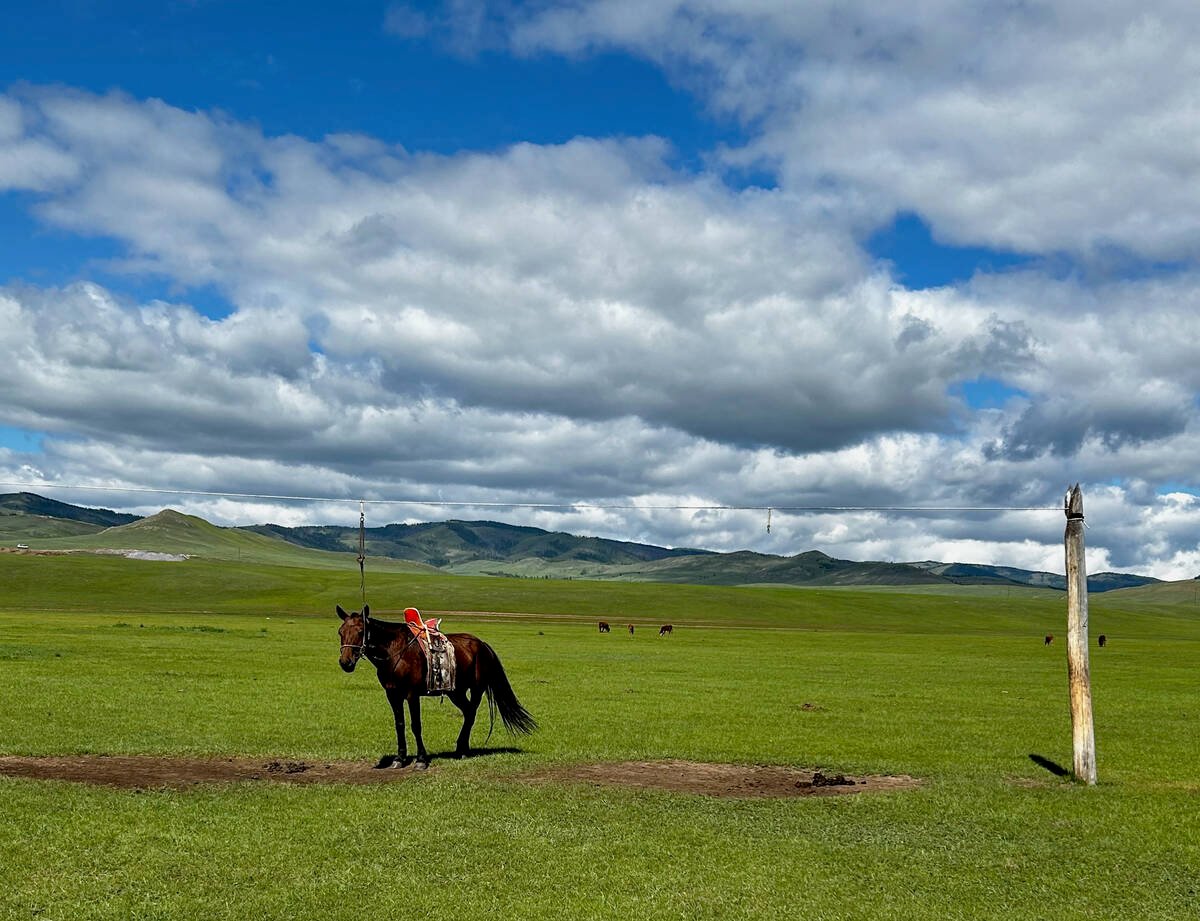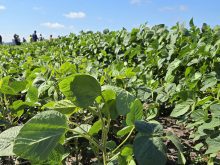Ethanol’s corn versus wheat debate should be broadened to include a couple of other crops, says a University of Saskatchewan researcher.
“Barley and oats should at least be considered as viable alcohol input options for Saskatchewan,” Crop Development Centre breeder Brian Rossnagel told nearly 100 delegates attending the Northern Plains Ethanol Workshop in Saskatoon.
The two crops are loaded with starch, are cheap to produce relative to wheat and are well-adapted to Saskatchewan growing conditions.
Most people assume the key benefit oats and barley can offer ethanol manufacturers is that they out-yield wheat by a wide margin and ethanol plants look for the highest yielding crops.
Read Also

University of Saskatchewan experts helping ‘herders’ in Mongolia
The Canadian government and the University of Saskatchewan are part of a $10 million project trying to help Mongolian farmers modernize their practices.
But results from a 12-year, multi-site research trial in Saskatchewan showed oats and barley yielded seven percent and 18 percent more respectively than Canadian prairie spring wheat.
Considering many oat and barley varieties contain 10-25 percent hull fibre, the yield difference of usable material for ethanol production is minimal.
But Rossnagel told his audience that oats and barley have other attributes that make them good candidates to be raw inputs in ethanol production.
“Oat could be the real sleeper because the cost of production of oats is so much lower (than wheat),” he said.
The crop uses nitrogen and phosphorous more efficiently and there is little disease pressure in Alberta and western Saskatchewan.
According to Saskatchewan Agriculture the variable cost of growing oats on stubble in the black soil zone is $87 per acre. That compares to $93 for barley and $101 for CPS wheat.
Another selling feature for oats and barley are the co-products and byproducts that can be derived in processing, such as high value beta glucans and superior distillers dry grains.
Rossnagel said a few ethanol plants in the United States already use large quantities of barley, but the future of oat and barley use as alternative energy is limited by their thick hulls, which create processing problems for manufacturers.
Breeders have developed hulless barley and low percentage hull oat varieties but none of the lines are widely grown.
While there has been no funding from industry and no direction from the university to develop lines specifically tailored to ethanol production, Crop Development Centre breeders at the University of Saskatchewan have created varieties for other purposes that would be a good fit for the industry such as low percentage hull, high percentage groat oats and high starch, low protein barley.
Rossnagel doesn’t envision a future ethanol plant entirely devoted to barley or oats, but he thinks the two cereal crops could be used in a rotation with wheat once kinks are ironed out.















